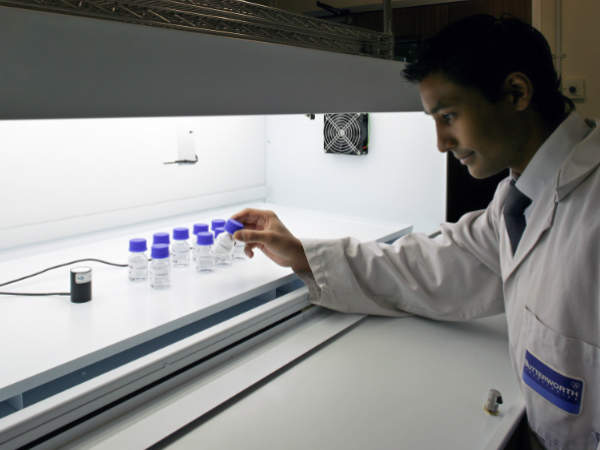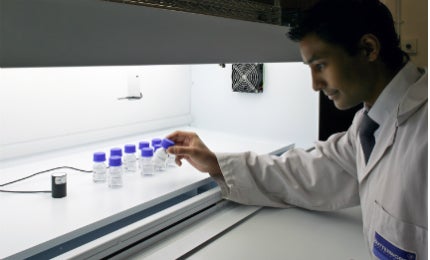

Stability testing provides evidence on how the quality of a drug substance or product varies over a given time period and under the influence of environmental factors including temperature, humidity and light.
The studies are designed to include testing of attributes susceptible to change during storage and are likely to influence quality, safety and efficacy.
Testing primarily covers physical, chemical and microbiological attributes:
- Physical: Appearance, melting point, water content, clarity and colour of solution, pH, dissolution and disintegration characteristics, viscosity, crystal modification or particle size
- Chemical: Assay, degradation products, related substances and residual solvents
- Microbial: Growth in microorganisms and efficiency of preservative contents such as antioxidants and antimicrobial preservatives
The frequency of test points for long-term studies should be sufficient to establish the stability profile for a given period.
For drug substances with a proposed re-test period of at least 12 months, the frequency of testing at long-term storage condition is usually every three months over the first year, every six months over the second year and annually thereafter through the proposed re-test period.
Recommended test frequency for intermediate storage condition is a minimum of four time points, including the initial and final time points, for a 12-month study.
For accelerated storage conditions, test frequency is recommended to be a minimum of three time points, including the initial and final time points for a 6-month study.
A drug substance should be evaluated under storage conditions that test its thermal stability and its sensitivity to moisture.

